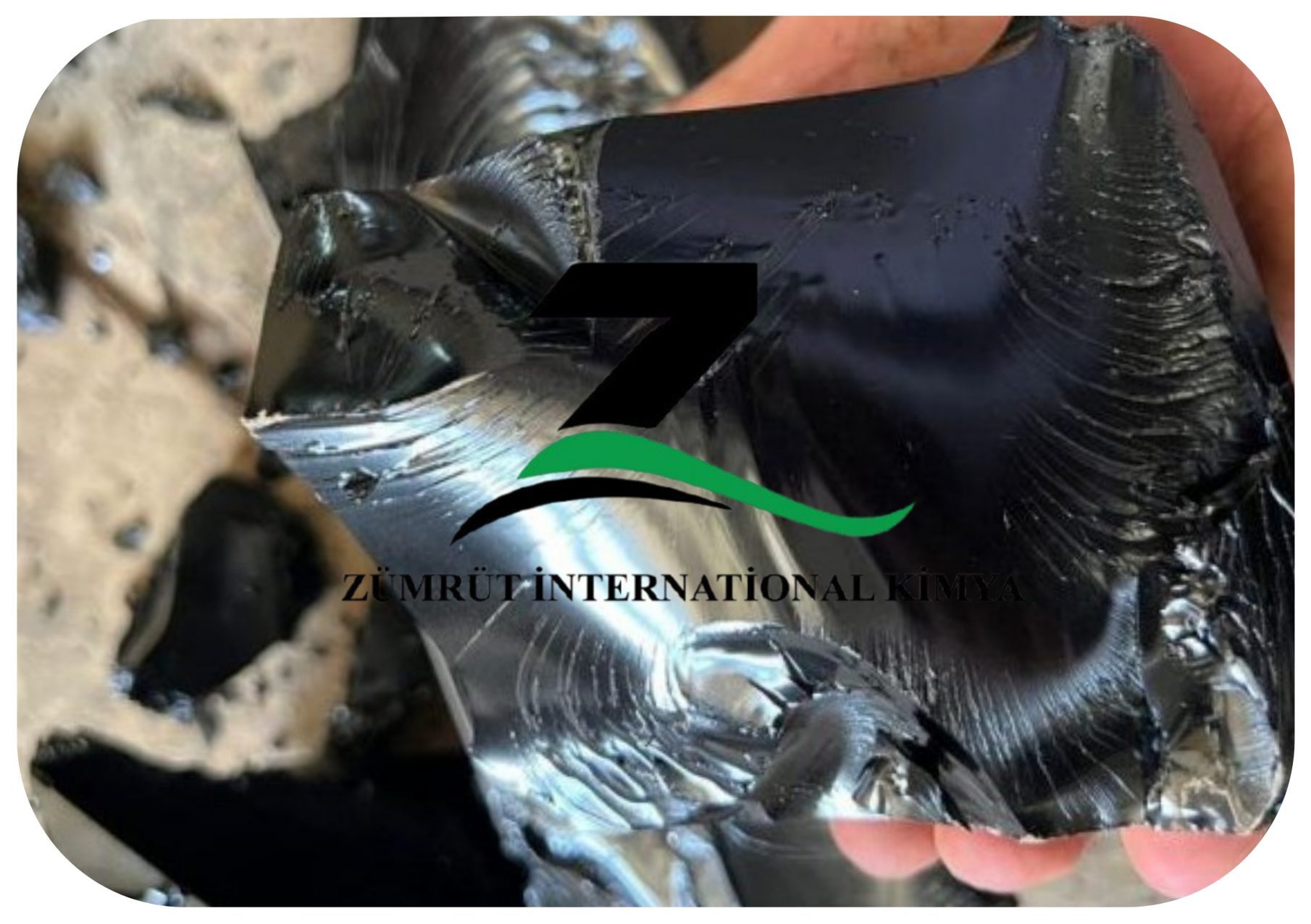
What is Oxidized Bitumen 105/15?
Oxidized Bitumen 105/15, or Blown Asphalt 105/15, is a semi-solid bitumen material produced by blowing hot bitumen with air. This oxidative process increases the softening point of the product and decreases the penetration value, making it more hard and heat-resistant. With a softening point of approximately 105°C and penetration of 10 to 20 dmm, it is most appropriate for waterproofing, roofing, insulation, and industrial applications requiring both strength and flexibility.
Production Process
The bitumen is first heated and charged to a blowing column below liquid level. Air is blown from the bottom of the column, stirring the bitumen and bringing more surface area to reaction. This causes oxidation and changes the structure of the bitumen, enhancing its mechanical and thermal properties. Water and steam are atomized into the vapor space above the bitumen to cool vapors and control foaming.
Applications
Oxidized Bitumen 105/15 has broad application across a variety of industries:
Construction: Waterproofing membranes, roof felts, joint sealants, crack sealing, and pavement repair
Automotive: Sealants for undercarriage, and vibration-dampening felts
Electrical: Insulation compounds, cable jointing protection
Industrial: Adhesives, corrosion-resistance coatings, acoustic panels, and protection paints
Packaging & Materials: Carpet backing, pulp board coating, and textile treatment
Storage & Handling
Bitumen grade 105/15 must be stored in a dry, well-ventilated, and cool location, protected from direct sunlight and any sources of ignition. It is typically supplied in solid forms such as blocks, drums, or bags. For melting and application, only indirect heating methods such as oil-jacketed kettles should be used to prevent the release of hazardous fumes. During all handling processes, it is essential to wear proper personal protective equipment (PPE), including heat-resistant gloves, safety goggles, and flame-resistant clothing.
Health & Safety
Not found to be very hazardous, hot oxidized bitumen can cause severe burns and lung irritation. Ventilation must be exercised when applying. Spills need to be wiped off with solvents like kerosene with safety precautions because it is flammable. Safe handling and emergency procedures need to be instructed to personnel.
Comparison: 105/15 vs 115/15
Oxidized Bitumen 105/15 and 115/15 differ mainly in their softening points, penetration values, and ideal applications. Bitumen 105/15 has a lower softening point of around 90°C and higher penetration, making it more flexible and suitable for general roofing and waterproofing tasks.
In contrast, Bitumen 115/15 softens at a higher temperature (about 105°C) and has lower penetration, making it stiffer and ideal for hot climates and heavy-duty applications like pipe coatings. Overall, 105/15 offers higher flexibility, while 115/15 provides greater thermal resistance and moderate flexibility.
Related Post
|
The semi-solid oxidized grade of pure petroleum bitumen, known as Oxidized Bitumen 115/15, is classified as a polycyclic aromatic hydrocarbon. Oxidized bitumen is typically utilized for various applications in the construction industry. Because they have been delivering bitumen products for many years, our sales team is dedicated to knowing your needs. |
Why Choose Oxidized Bitumen 105/15?
Oxidized Bitumen 105/15 delivers a uniform blend of heat resistance and elasticity, well suited for a variety of industrial and construction applications. Its stable performance in all seasons of moderate climates, long shelf life, and ability to be used with several surfaces deliver cost-efficient, long-term results. Manufactured by environmentally friendly processes, it is a sound and sustainable choice for high usage.
Specification
| Bitumen 105/15 | Test method | Unit | Specification |
|---|---|---|---|
| Specific gravity @25/25 °C | ASTM D70 | (Kg/m3) | 1.05 approx. |
| Penetration @ 25 °C | ASTM D5 | mm/10 | 10/20 |
| Softening point °C | ASTM D36 | °C | 100/110 |
| Loss on heating (wt) % | ASTM D6 | Wt. % | 0.2 max |
| Flashpoint °C | ASTM D92 | °C | 250 min |
| Solubility is CS2 (wt) % | ASTM D4 | Wt. % | 99.5 max |
| Spot test | A.A.S.H.O.T102 | — | Negative |
FAQs
How to handle Oxidized Bitumen 105/15?
Use protective gloves, safety spectacles, and adequate ventilation. Preclude skin and fume exposure.
Is it suitable for cold temperature use?
It is suitable for moderate to hot temperatures. More flexible grade in extremely cold usage would be beneficial.
How is its quality control done?
With standardized testing such as penetration, softening point, flash point, and solubility.
Is it safe for the environment?
Yes, if used and disposed of properly. Always remain in accordance with local legislation regarding disposal.
What precautions need to be taken?
Wear personal protective equipment, regulate heating temperatures, and offer adequate workplace ventilation.

 Oxidized Bitumen 115/15
Oxidized Bitumen 115/15